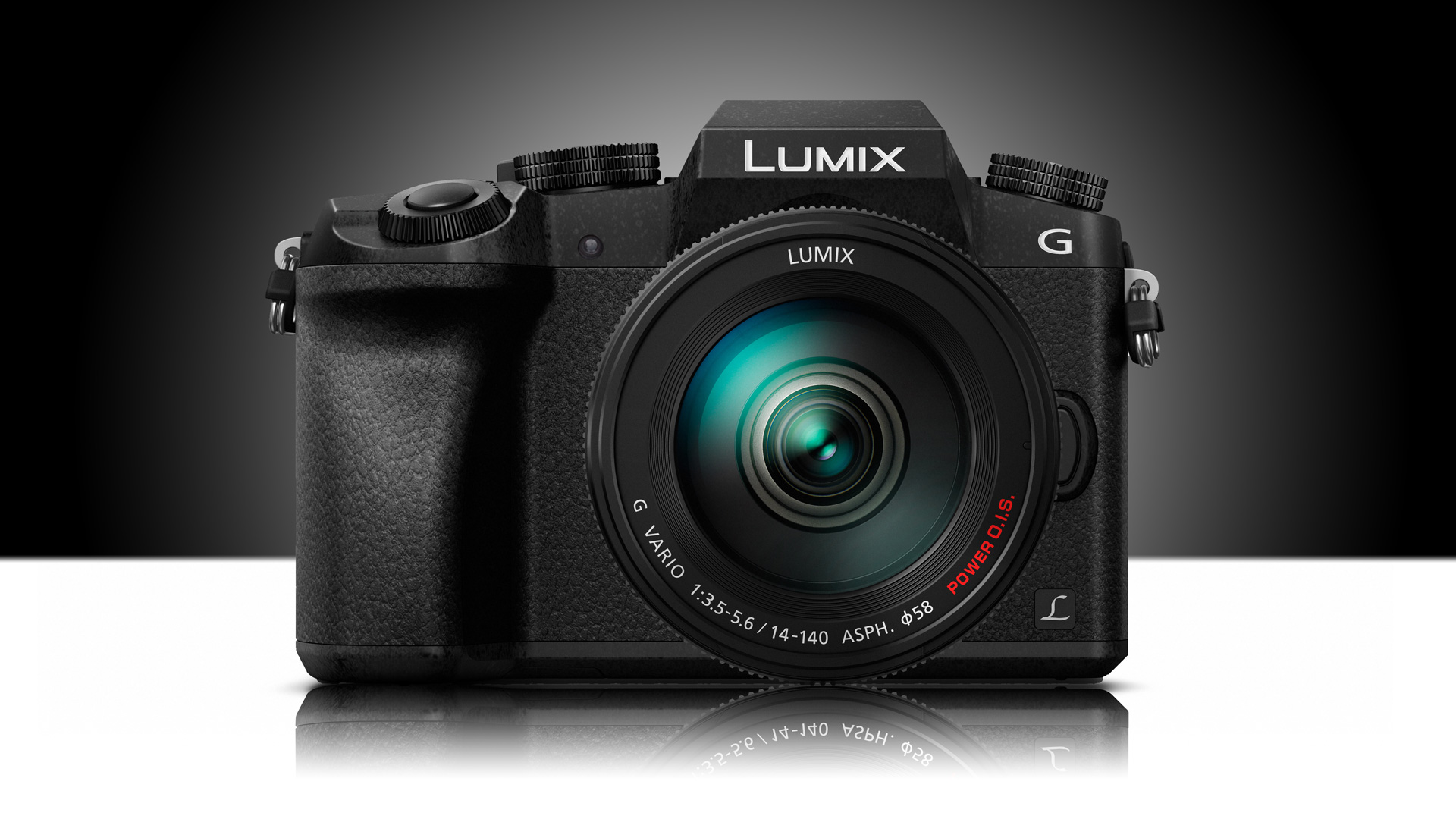Why you can trust TechRadar
When I tested the Panasonic GX7 back in August 2013 I found that it produced high quality images; noise was controlled well up to about ISO 6400, but speckling was visible at 100% in images taken at ISO 800 and higher. The G7 follows the same pattern, which isn't surprising given that it has the same sensor.
When all noise reduction is turned off coloured speckling is visible at 100% in raw files taken at ISO 1600 and higher. At the default settings, simultaneously captured JPEGs have no chroma noise, but there is some softening of detail, and luminance noise is visible at 100%, with some areas looking quite mushy. While some ISO 12,800 images may make good A3 (11.7 x 16.6-inch) prints, others are best kept to A4 or smaller (8.27x11.7), and I would avoid using the top (ISO 25,600) setting where possible.


Panasonic's G-series cameras generally have very good metering and white balance systems, and the G7 is no exception. There were a few occasions during this test when a little exposure compensation was required, but on the whole the G7's Multi Metering system copes very well with a range of lighting situations. It does a great job in situations where some other cameras struggle, and its dynamic range is good, so highlights don't burn out too abruptly. Similarly, the automatic white balance system can usually be relied upon to produce natural-looking images.

Although the G7's Tracking AF system doesn't respond quickly enough for fast-moving subjects, if you keep the active AF point (or area) over the subject in 1-Area or Custom Multi mode with Continuous AF mode selected, in decent light it usually gets the subject sharp and keeps it in focus.
In normal daylight conditions and Single AF mode the camera focuses the lens very quickly, and it usually maintains a good speed even in very low light conditions, although some backwards and forwards adjustment is sometimes visible.
Video footage and 4K Photos follow the same pattern as the full-resolution stills, with generally good exposure, pleasant colours and good detail, although in Continuous AF mode there's occasionally a slight shift in focus away from the subject, which detracts from the final footage.

Helpfully, in 4K Photo mode the camera saves the footage that still images are extracted from, so you can have the best of both worlds. It's worth remembering that shooting upright format images results in incorrectly orientated video footage.
Panasonic's 4K Photo modes present some interesting creative options, enabling you to capture high-speed action easily. However, as the autofocus system operates in video mode it's quite slow, and isn't really suitable for shooting subjects that move towards or away from the camera. It's ideal for shooting action that takes place in one location though – a juggler, for example, or the movement of water over a object.
